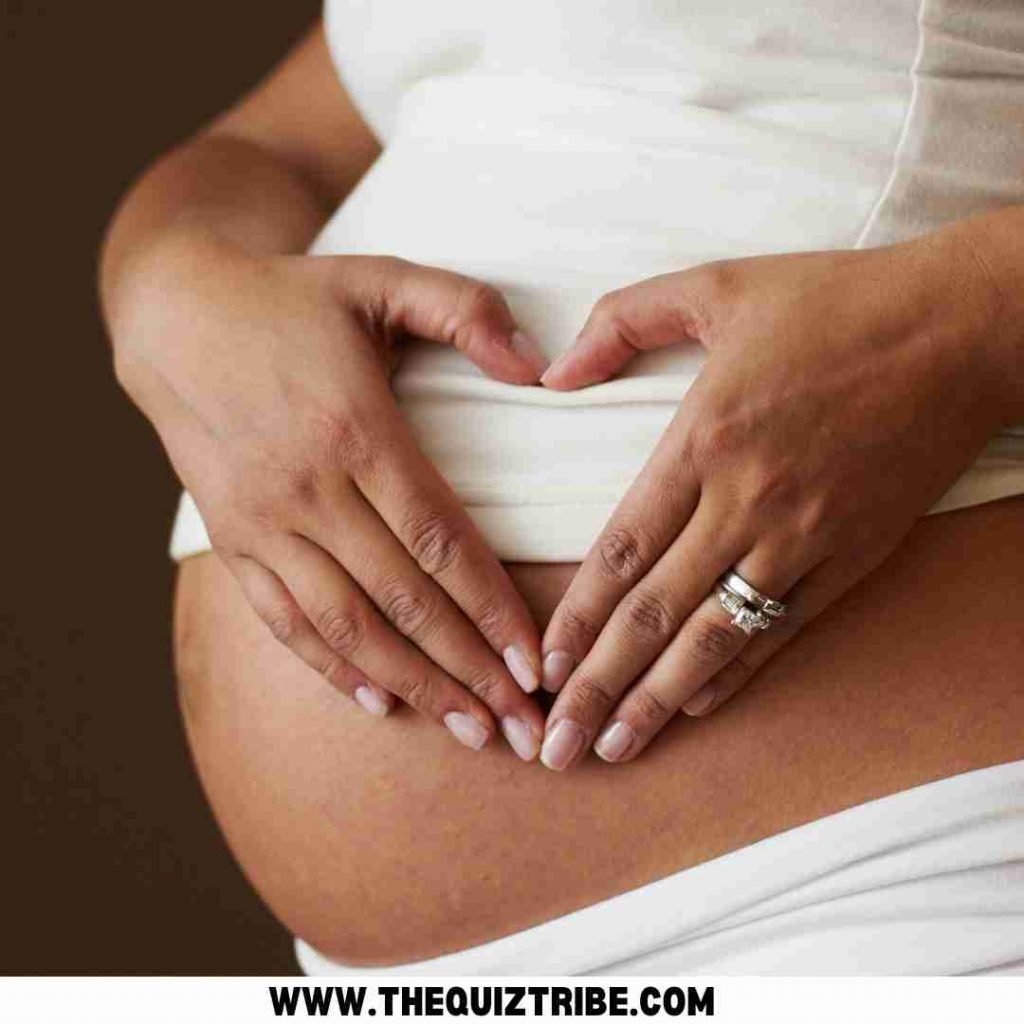Preeclampsia And Its Symptoms
Preeclampsia is a pregnancy-related condition that can occur after the 20th week of pregnancy. Hypertension, inflammation of the feet and hands, and urine protein levels indicate preeclampsia.
Preeclampsia can lead to serious health problems for both the baby and the mother.
If you are pregnant, it is important to be aware of preeclampsia and what to watch for.
- High blood pressure
- Swelling
- Protein in the urine
If you encounter any of these symptoms, make an emergency appointment with your doctor.
Causes Of Preeclampsia
The reasons for preeclampsia are still mostly unclear. However, research reveals that several variables may influence the onset of the illness. These include:
- Immune system abnormalities
- Hormonal changes
- Vascular problems
- Infections
- Genetic factors

How Do I Check Myself for Preeclampsia?
Preeclampsia may cause any associated symptoms, so you should consult your doctor if you notice any of them.
• Swelling in your hands, feet, or face
• Sudden weight gain, especially in your face and abdomen
• High blood pressure (hypertension)
• Protein in your urine (proteinuria)
• Blurred vision or seeing spots are the changes seen in the vision.
To check for protein in your urine, your healthcare provider may ask you to collect your urine in a container for a few hours. If protein is present, you will see a cloudy or smoky appearance in the urine.
There is no definitive test to determine whether you have preeclampsia. Your healthcare provider will likely order a series of blood tests and urine tests to make the diagnosis.
The Triggers and Signs of Preeclampsia
There is no definitive cause of preeclampsia, but it is thought to be related to problems with the placenta. Triggers can include HELLP syndrome, multiple births, and chronic high blood pressure.
Signs can include swelling, sudden weight gain, headache, and vision changes.
Preeclampsia can lead to serious problems for both the mother and the baby, so it is vital to be aware of the signs and seek early treatment.
Treatment
The intensity of the disease determines preeclampsia treatment. Mild cases may only require rest and monitoring, while more severe cases may require medication or even hospitalization.
Preeclampsia therapy seeks to lower the risk of catastrophic consequences such as seizures or stroke.
Risks Associated with Preeclampsia
Preeclampsia is a pregnancy-related disorder that can endanger the mother and the fetus. Hypertension, protein in the urine, and liver or kidney damage are all preeclampsia-related hazards.
Preeclampsia can also lead to seizures and even death. If you have preeclampsia, your doctor will closely monitor you and your baby to try to minimize these risks.
Conclusion
There is no definitive answer to preventing preeclampsia. However, a few things can be done to lower the risk. Maintaining a healthy weight and exercise routine, eating a healthy diet, and avoiding cigarettes and alcohol are all important.
Some women may also need to take medication to help prevent preeclampsia.
Preeclampsia can be serious, but it is essential to remember that most cases are mild and can be treated. By being aware of the symptoms and causes of preeclampsia, you can be better prepared to deal with it if it does occur.
